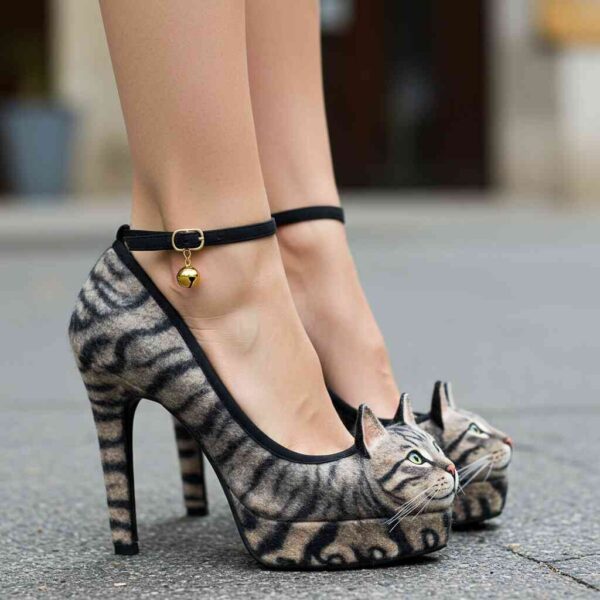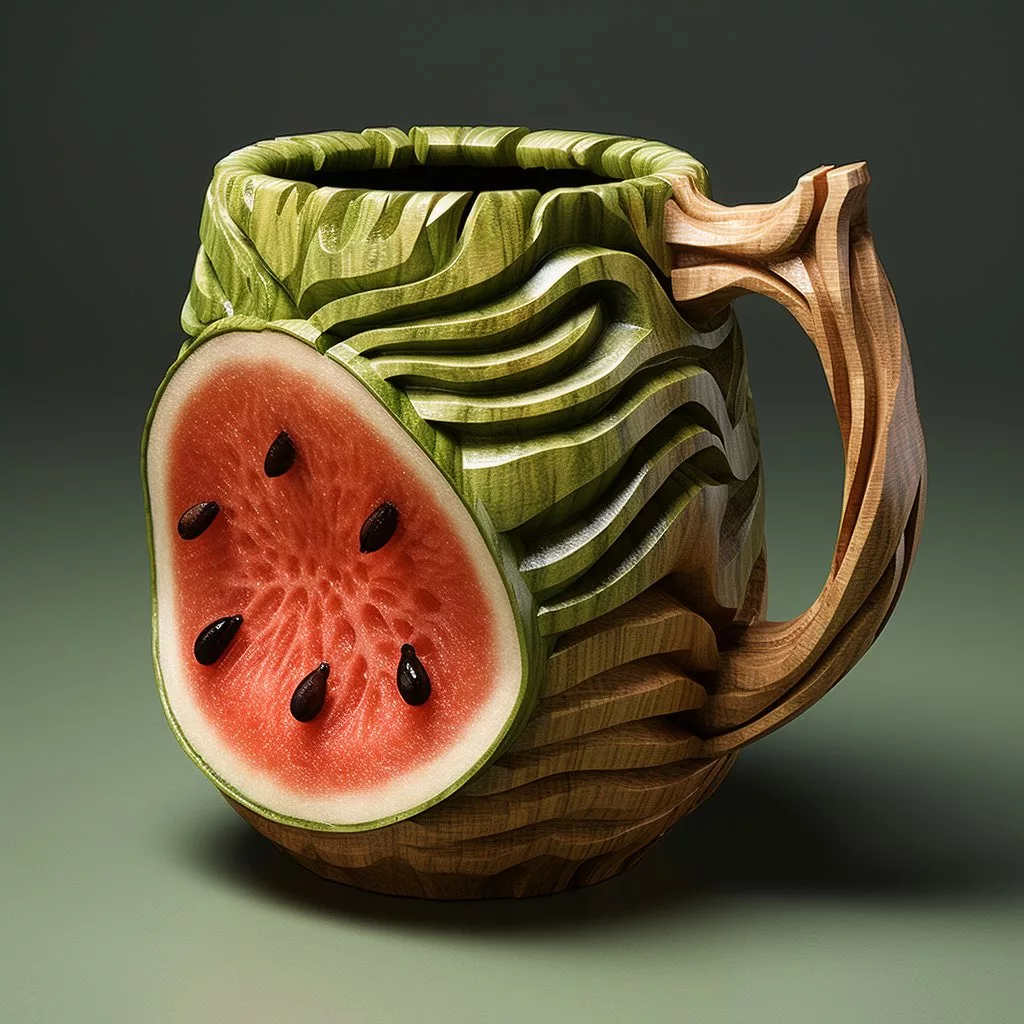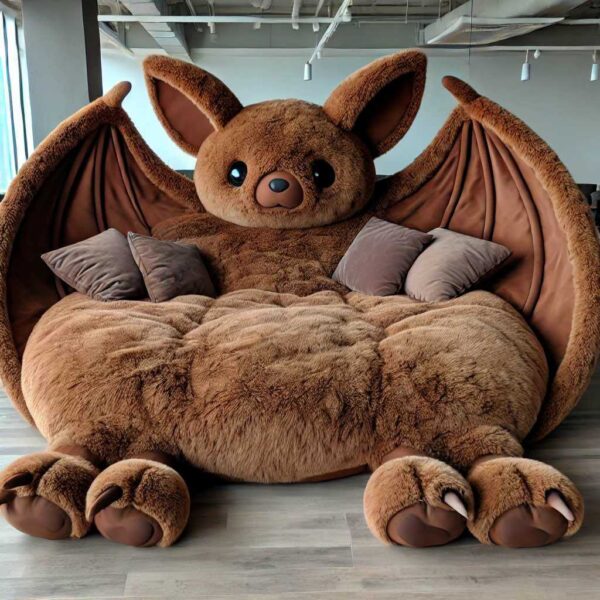The phrase “Cat High Heel” might initially evoke a whimsical or even confusing image—perhaps a literal shoe shaped like a cat, or an accessory designed for felines. However, the term carries a much deeper cultural and symbolic significance when explored within the realms of fashion, identity, and human fascination with cats. It is not merely a design motif but a metaphor—a convergence of elegance, independence, and allure that both cats and high heels embody in the human imagination.
Cats have long been revered across cultures as symbols of mystery, sensuality, and autonomy. From the sacred felines of ancient Egypt to the enigmatic black cats of medieval Europe, their presence has inspired art, literature, and fashion alike. High heels, on the other hand, are one of the most iconic and controversial items in human attire—representing power, femininity, and transformation. When these two powerful symbols meet in the form of “Cat High Heel,” the result is more than aesthetic; it becomes a statement about identity, movement, and the duality of softness and strength.
This article delves deeply into the meaning behind the concept of “Cat High Heel.” Through three distinct yet interconnected parts, we will explore how this phrase encapsulates a broader cultural narrative—one that speaks to the way humans project meaning onto both animals and clothing, and how these projections reflect our inner desires, fears, and aspirations.
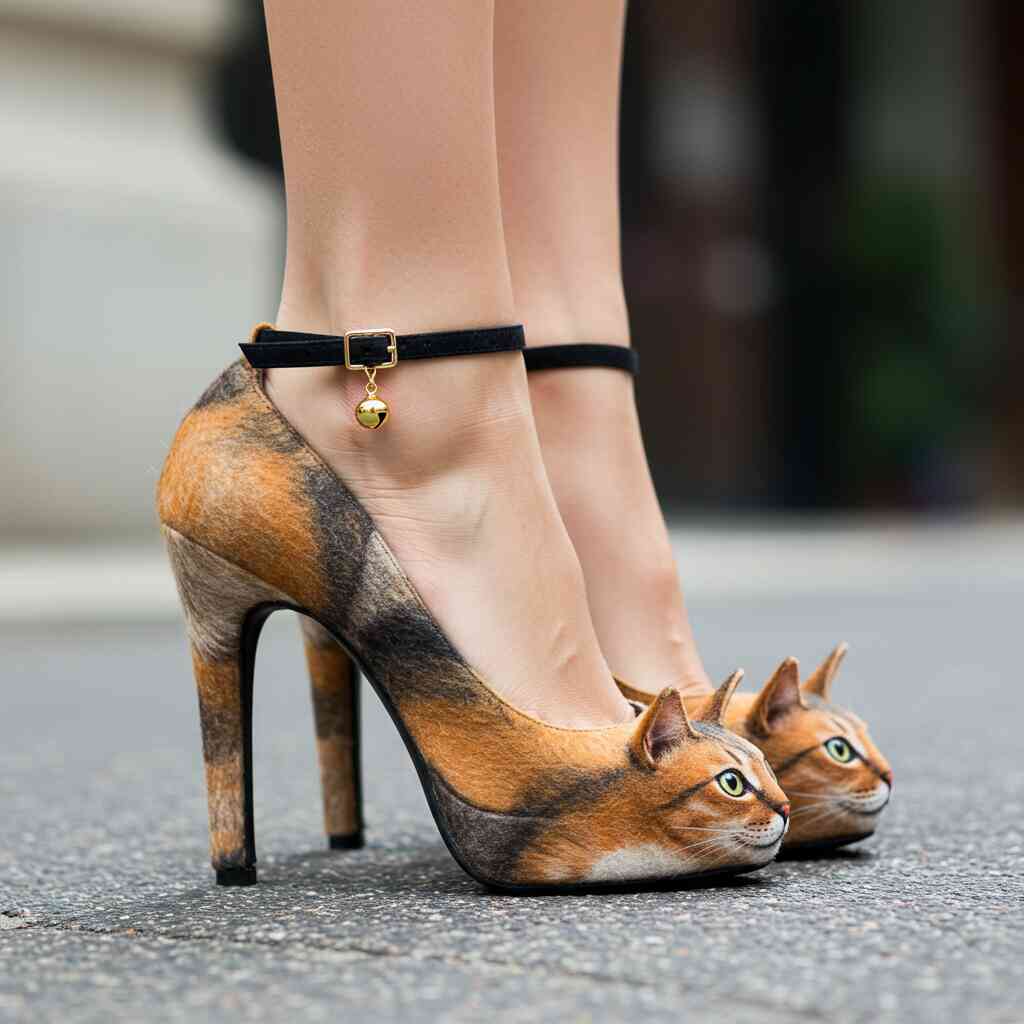
Contents
Part I: The Symbolism of Cats – Myth, Mystery, and Movement
To understand the full depth of “Cat High Heel,” we must first unpack the symbolic role of cats in human culture. Cats have never been fully domesticated in the same way dogs have; they maintain a certain aloofness, choosing when to be affectionate and when to retreat into solitude. This paradoxical nature makes them ideal vessels for symbolism, often representing freedom, intuition, and the unknown.
Ancient Reverence and Sacred Felines
In ancient Egypt, cats were considered sacred beings. The goddess Bastet, depicted with a lioness or domestic cat’s head, was a deity of home, fertility, and protection. Killing a cat—even accidentally—was punishable by death. This reverence stemmed from the cat’s practical utility in controlling pests, but also from its mysterious aura. Cats moved silently, saw in the dark, and bore offspring with uncanny ease—qualities that seemed almost supernatural.
These ancient associations laid the groundwork for how cats would be perceived throughout history: as creatures of magic, mysticism, and feminine power.
Cats in Folklore and Modern Culture
Fast-forward to European folklore, where cats—particularly black ones—were often associated with witchcraft and the occult. They were believed to be familiars, spirits aiding witches in their craft. This association, while often negative, still reinforced the idea of cats as beings connected to hidden knowledge and alternate realms.
In modern times, cats have taken on a more playful and sensual connotation. Think of the “catwoman” archetype in comic books and films—beautiful, agile, and dangerous. She moves with grace, wears tight leather, and commands attention. Her posture, her walk, her gaze—all echo the movements of a feline predator. This imagery is crucial in understanding the evolution of the “Cat High Heel” as a metaphor for human expression.
The Feline Gait: A Model of Elegance
Perhaps the most compelling aspect of the cat that translates into human aesthetics is its gait. Cats walk with a fluidity and precision that is mesmerizing. Their paws land softly, their bodies undulate with effortless control, and their tails serve as counterbalances to every motion. This kind of movement is often emulated in dance, martial arts, and yes—fashion.
High heels, especially stilettos, demand a certain posture and gait. Walking in heels requires balance, poise, and control—qualities that mirror the feline stance. In many ways, wearing high heels can feel like adopting the physical language of a cat: poised, alert, and commanding.
Thus, the “Cat High Heel” is not just a visual reference—it’s a kinesthetic experience. It evokes the sensation of moving like a cat, with confidence and calculated grace.
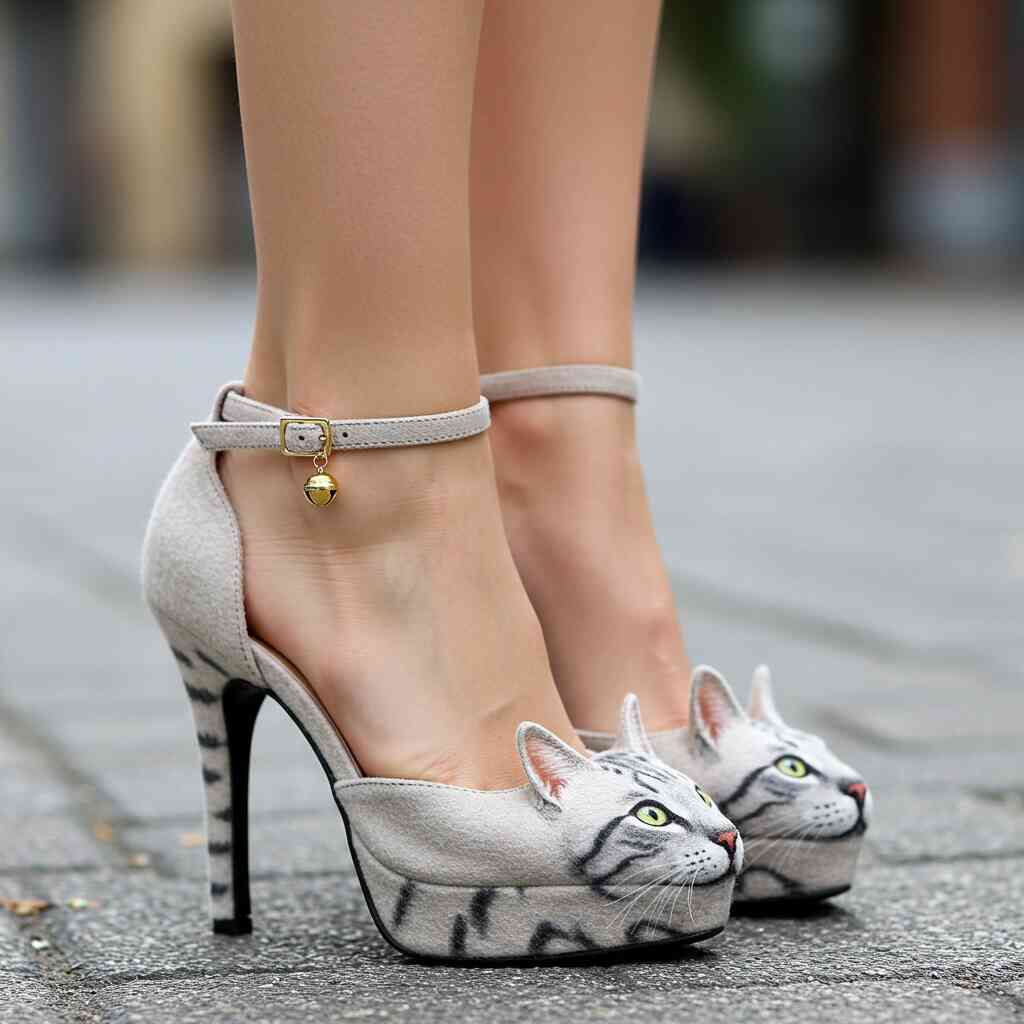
Part II: The Cultural Significance of High Heels – Power, Femininity, and Transformation
While cats symbolize mystery and independence, high heels represent another complex layer of human identity—particularly around gender, status, and self-expression. The term “Cat High Heel” gains even more resonance when we consider the cultural weight carried by high heels.
The Evolution of Heels: From Utility to Statement
High heels were not always associated with femininity. In fact, during the 16th and 17th centuries, heels were worn by aristocratic men as a sign of wealth and mobility. Horse riders wore heels to stay secure in stirrups, and the elevated sole provided a sense of height and authority.
Over time, however, heels became increasingly associated with women’s fashion. By the 18th and 19th centuries, they had become a staple of female attire—often impractical, but always symbolic. Wearing heels meant altering one’s posture, walking differently, and occupying space in a specific way. It was, and still is, a performance of femininity.
Heels as a Tool of Empowerment and Objectification
The feminist movement of the 20th century brought critical scrutiny to the role of high heels in society. On one hand, heels could be seen as tools of objectification—designed to accentuate the curves of the body and appeal to the male gaze. On the other, they could be embraced as instruments of empowerment—symbols of confidence, professionalism, and personal choice.
This dual perception of high heels mirrors the way cats are viewed: simultaneously independent and domesticated, wild and tame, revered and feared.
The Heel as a Transformative Accessory
More than any other type of footwear, high heels transform the wearer. They elongate the legs, shift the center of gravity, and alter the entire silhouette of the body. Walking in heels demands awareness—not just of one’s appearance, but of one’s presence in a room.
In this sense, high heels are performative objects. They are not just functional—they communicate. And when combined with the imagery of a cat, they take on a new dimension: that of the predator, the seductress, the untamed force.
The “Cat High Heel” thus becomes a metaphor for transformation—not only in how one looks, but in how one moves and is perceived. It suggests a fusion of animal instinct and human intentionality.
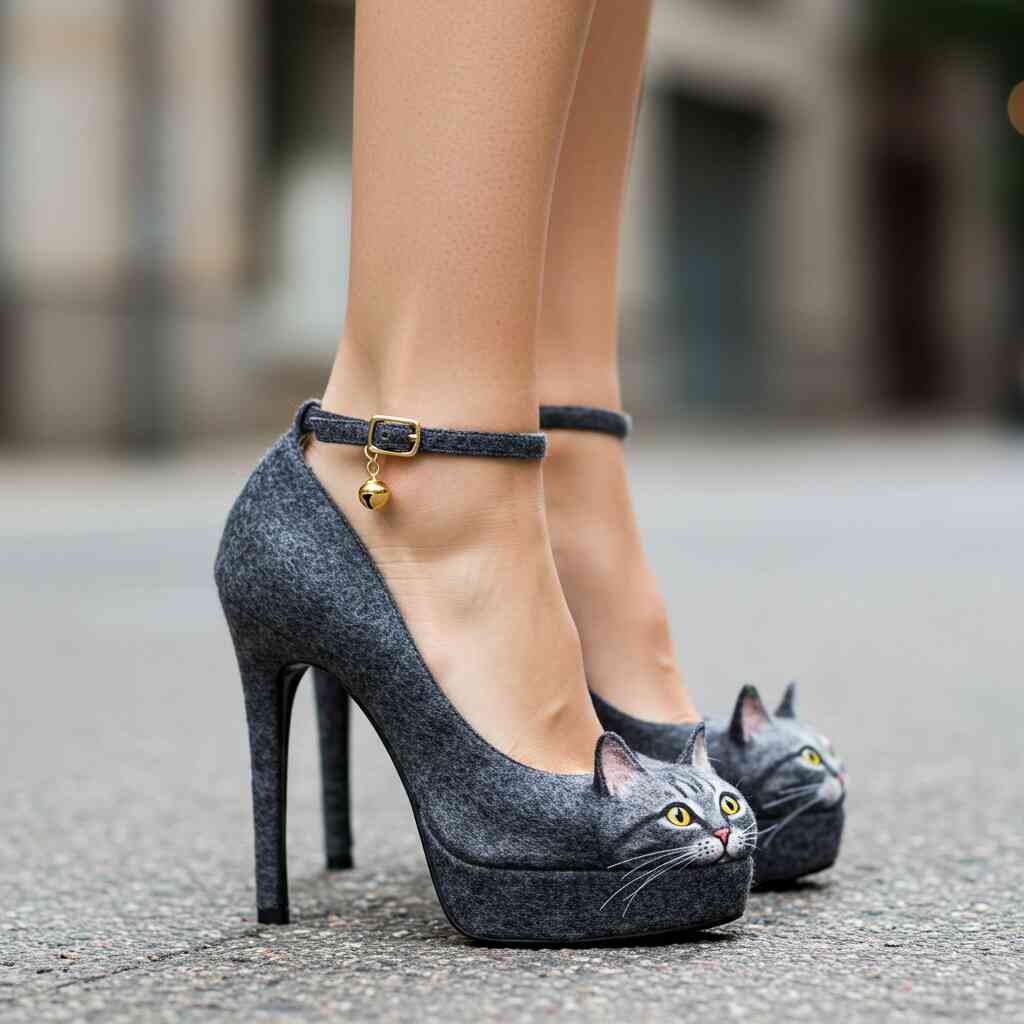
Part III: Feline Fascination in Contemporary Expression – Art, Identity, and Metaphor
As we enter the 21st century, the fascination with cats and high heels continues to evolve. No longer confined to ancient mythology or traditional fashion, these symbols now appear in digital culture, social media, and personal branding. The phrase “Cat High Heel” finds relevance in multiple contexts, reflecting the way contemporary individuals use symbolism to construct identity.
The Digital Age and the Rise of Feline Aesthetics
With the rise of internet culture, cats have become global icons. Memes, videos, and social media influencers centered around cats dominate online spaces. This phenomenon isn’t just about cuteness—it’s about identification. People see themselves in cats: independent, quirky, expressive, and unapologetically themselves.
Similarly, high heels have become part of the visual vocabulary of self-expression. Whether through bold colors, unique designs, or avant-garde shapes, heels are no longer just accessories—they are statements. Combining the two, the idea of “Cat High Heel” emerges as a perfect emblem of this digital-era self-fashioning.
Performance and Persona in Personal Branding
In today’s world, personal branding is essential. Social media platforms encourage users to curate their identities, crafting personas that blend authenticity with aspiration. For many, this includes adopting visual motifs—signature styles, recurring themes, and symbolic references.
Wearing high heels can be part of this curated image, signaling confidence, ambition, or sensuality. Pairing that with a feline aesthetic—whether through makeup, movement, or attitude—creates a persona that is both strong and enigmatic. It suggests someone who is aware of their impact, yet remains elusive.
The “Cat High Heel” thus becomes a metaphor for this kind of self-presentation: poised, powerful, and subtly mysterious.
The Psychological Dimension: Projecting Inner States
Beyond the cultural and aesthetic layers, there is also a psychological component to the “Cat High Heel” metaphor. Humans often project their inner states onto animals and objects. A person who identifies with the cat may feel a sense of independence, curiosity, or detachment. Someone drawn to high heels may seek validation, transformation, or a sense of elevation.
When these two elements merge, the result is a rich psychological tapestry. The “Cat High Heel” represents someone who walks through life with purpose and flair, embracing both vulnerability and strength. It reflects the internal balancing act between being seen and remaining guarded, between performing and being authentic.
It is also a reminder that identity is not static—it evolves, adapts, and sometimes surprises us. Just as a cat can switch from playful to predatory in a heartbeat, so too can a person wearing high heels embody different aspects of themselves depending on the context.

Part IV: Movement as Language – How Cats and Heels Communicate Without Words
The Silent Power of Posture and Gait
At the heart of the “Cat High Heel” concept lies movement—specifically, the way both cats and high-heeled wearers communicate through posture and gait. Neither speaks in words, yet both speak volumes through how they carry themselves. This silent language is deeply rooted in human perception, evolution, and social interaction.
Cats move with an economy of motion that is both efficient and expressive. Every step has intention. Their paws barely make a sound, their tails sway like metronomes, and their eyes remain alert even in moments of stillness. This kind of movement is not just about survival—it’s also about presence. A cat doesn’t need to vocalize to command attention; its very posture can convey dominance, curiosity, or indifference.
Similarly, walking in high heels transforms the way a person moves. The shift in center of gravity causes the pelvis to tilt slightly forward, the spine to arch, and the legs to elongate. These subtle biomechanical changes alter not only physical appearance but also how others perceive the wearer. Studies have shown that people wearing high heels are often perceived as more confident, authoritative, and attractive—not because of what they say, but because of how they move.
This alignment between feline grace and the postural transformation caused by high heels creates a powerful synergy. It suggests a form of non-verbal communication that transcends language and culture—a universal language of poise, allure, and control.
Feline-Inspired Movement in Human Performance
Throughout history, humans have looked to animals for inspiration in movement, particularly in dance, theater, and martial arts. In many forms of performance, adopting animalistic qualities allows performers to tap into primal instincts and emotional depth.
In ballet and contemporary dance, for instance, choreographers often use feline imagery to describe movements that are fluid, stealthy, and grounded yet elevated. Dancers may be instructed to “move like a panther” or “land like a cat,” emphasizing softness and precision over rigidity. These cues encourage a sense of agility and awareness that mirrors the natural world.
Likewise, in fashion runway shows, models are frequently directed to walk with a certain attitude—sometimes described as “feline.” They are told to elongate their necks, engage their core, and glide rather than stomp. The result is a walk that feels controlled, seductive, and almost predatory—an aesthetic directly tied to the image of a stalking cat.
Wearing high heels amplifies this effect. The shoes force a specific posture and gait, encouraging the wearer to move with deliberation. In this context, the “Cat High Heel” becomes more than a visual motif—it becomes a kinetic experience, a way of embodying confidence and sensuality through movement.
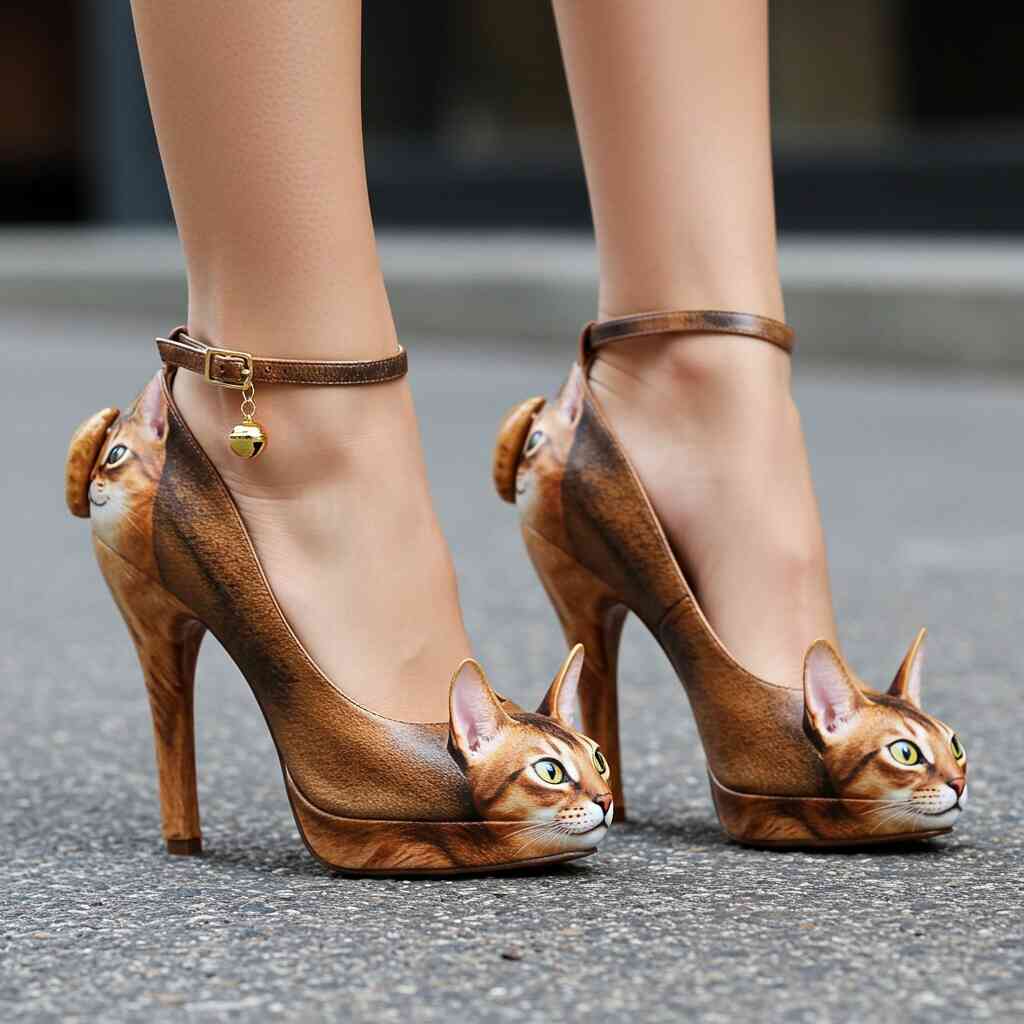
The Psychology of Walking Tall
Walking in high heels isn’t just a physical act—it’s a psychological one. Research in embodied cognition suggests that our bodies influence our minds, and vice versa. When someone puts on high heels, they often report feeling taller, more assertive, and more aware of their presence in space.
This phenomenon aligns closely with how cats carry themselves. Cats do not slouch. Even when lounging, they maintain a certain alertness in their posture. There’s no wasted energy, no unnecessary slump. They are always prepared—whether to play, to flee, or to strike.
For humans, especially those who wear heels regularly, this kind of posture can become second nature. Over time, the body adjusts, and so does the mind. One begins to inhabit the role of someone who commands space, who walks with purpose, who knows where they’re going and why.
In this way, the “Cat High Heel” represents not just a style choice, but a mindset. It reflects the idea that how we move affects how we feel—and how we are perceived. It encourages us to adopt the feline approach to life: graceful under pressure, poised in uncertainty, and always aware of the environment.
From Survival Instinct to Social Signal
Another fascinating parallel between cats and high heels lies in their dual function: one of practicality and one of display.
For cats, their silent gait serves a clear evolutionary purpose—to stalk prey without being detected. But it also functions as a signal to other animals. A slow, deliberate walk can indicate dominance, while a relaxed tail might suggest calm confidence.
Similarly, high heels were originally designed for practical reasons (as mentioned earlier), but today they serve largely as a social signal. They are worn not necessarily for comfort or utility, but for the impression they create. They tell others: I am aware of my femininity, my strength, my presence.
In both cases, movement becomes a form of non-verbal storytelling. Whether it’s a cat prowling through the night or a woman striding across a room in heels, each movement conveys something about the individual’s intentions, emotions, and status.
The “Cat High Heel” thus encapsulates this duality: the balance between instinct and intention, between necessity and artistry. It reminds us that every step we take is a message sent to the world around us.
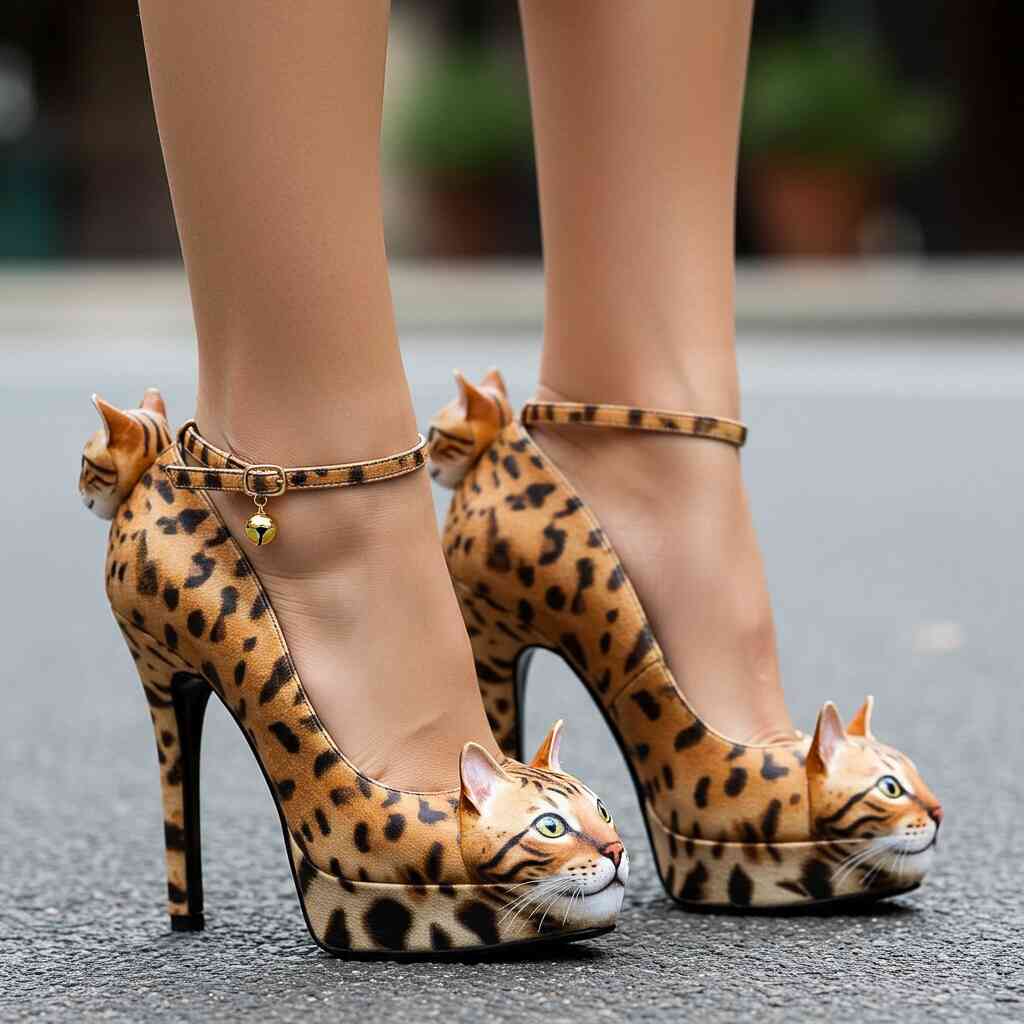
Conclusion: Embracing the Duality of the Cat High Heel
The phrase “Cat High Heel” is far more than a catchy combination of words. It represents a convergence of symbolism, culture, and personal expression. At its core, it captures the tension between softness and strength, between grace and dominance, between the wild and the civilized.
Cats remind us of our primal instincts—the need for independence, the desire for comfort, and the allure of mystery. High heels, meanwhile, speak to our human aspirations—to stand tall, to command attention, and to shape our own narratives.
Together, they form a powerful metaphor for modern identity: one that embraces complexity, celebrates transformation, and acknowledges the beauty in contradiction.
Whether consciously or unconsciously, those who resonate with the idea of the “Cat High Heel” are tapping into something timeless. They are honoring the legacy of the feline as a symbol of power and mystery, while also recognizing the transformative potential of fashion and movement.
In a world that often demands conformity, the “Cat High Heel” stands as a reminder that it is possible—and perhaps necessary—to move through life with both elegance and edge, with both caution and courage. It invites us to embrace our contradictions, to walk with intention, and to let our inner feline guide us toward a path that is uniquely ours.
So the next time you slip into a pair of heels—or simply admire the silent grace of a passing cat—consider what it means to carry yourself with the poise of a predator and the subtlety of a whisper. That, perhaps, is the true essence of the “Cat High Heel.”

